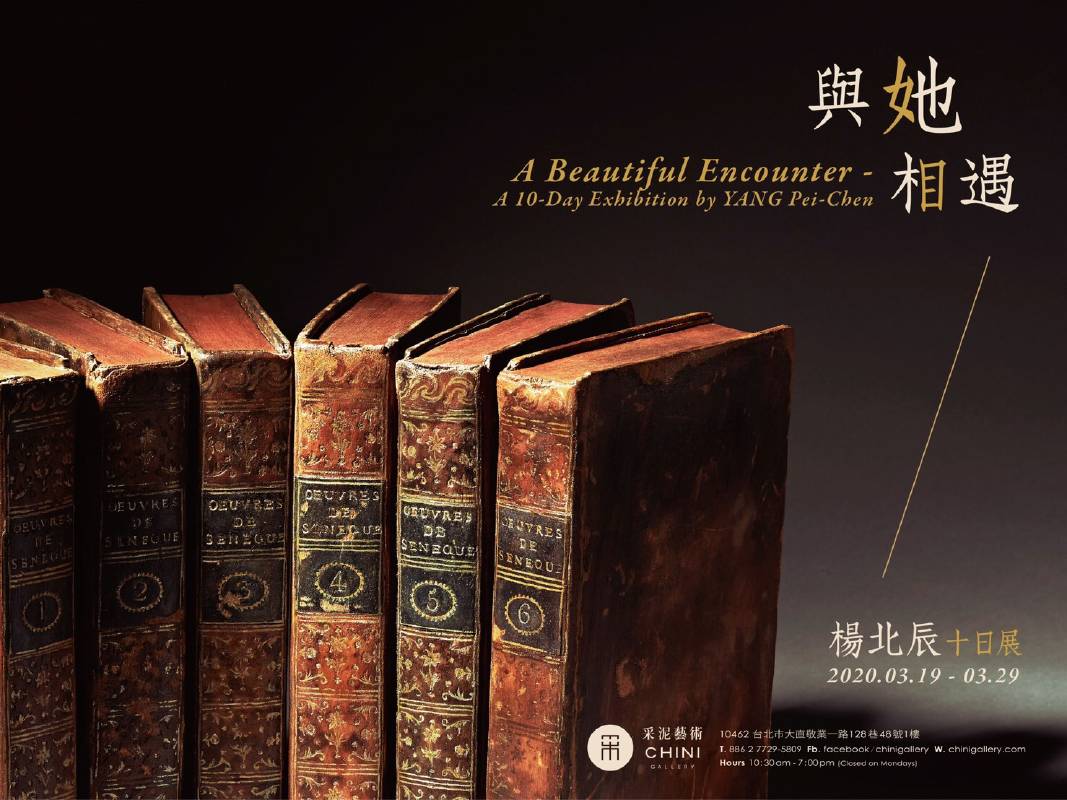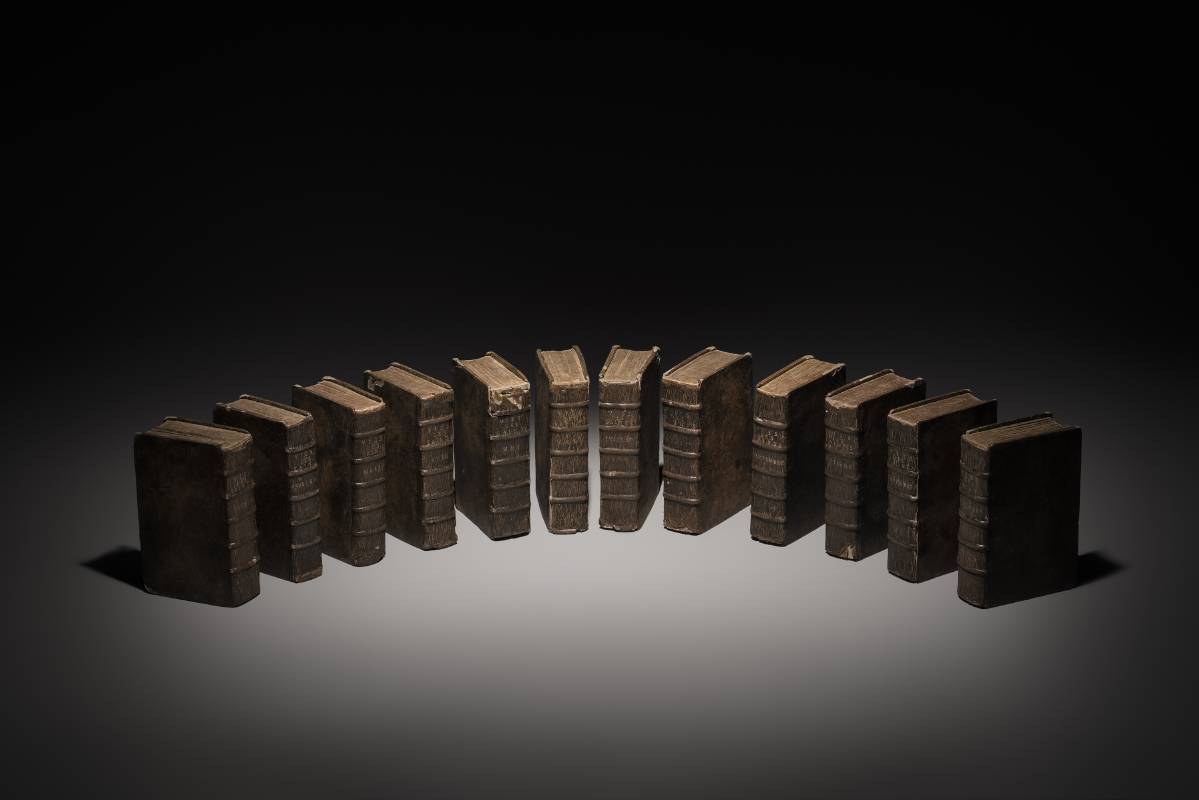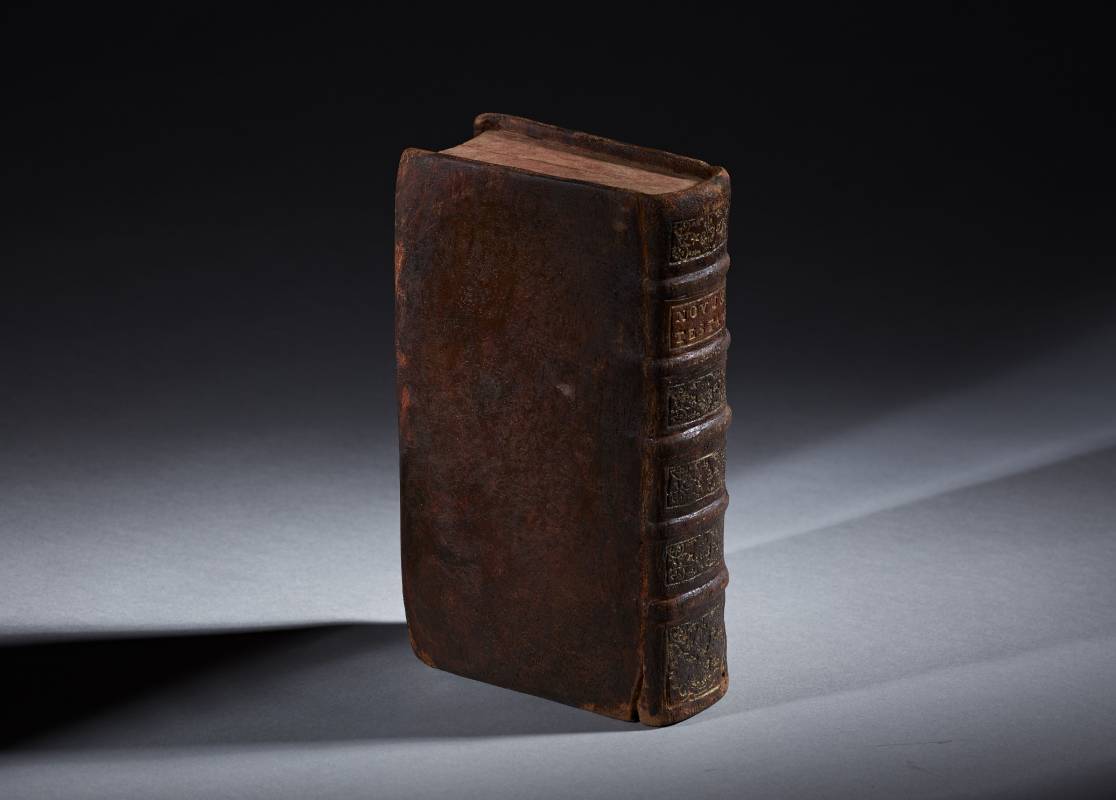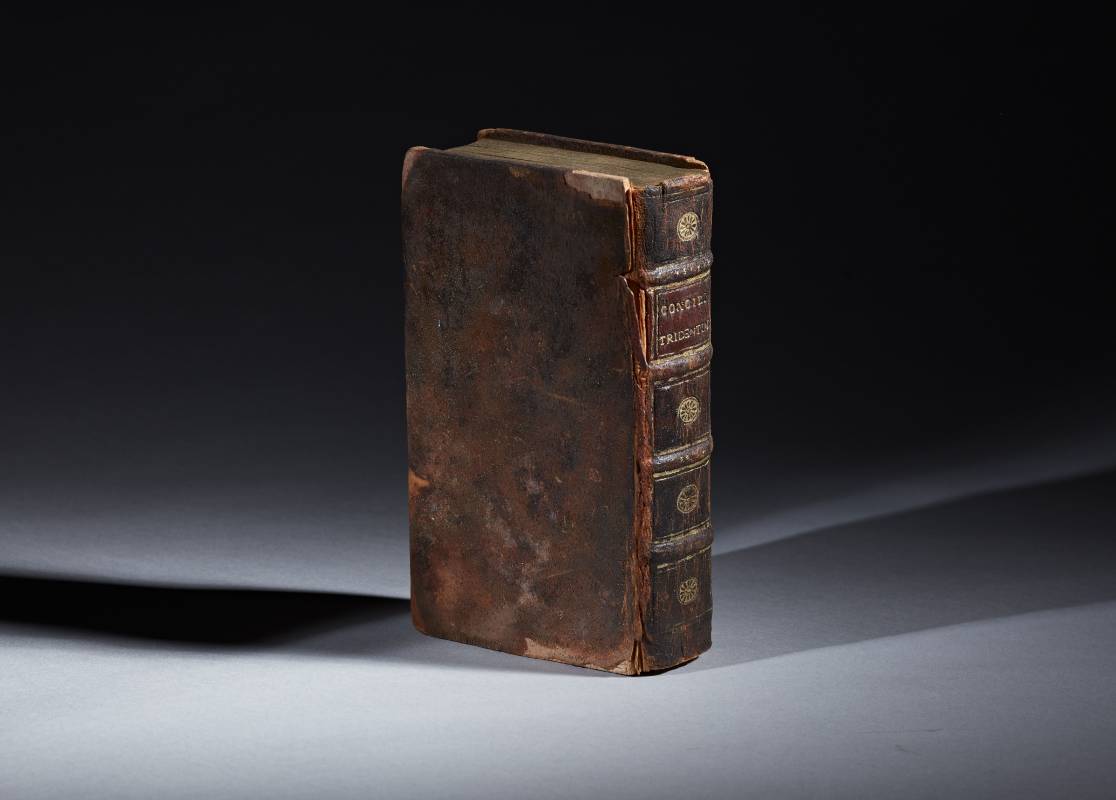采泥藝術
【與她相遇–楊北辰十日展】A Beautiful Encounter—A 10-Day Exhibition by Yang Pei-Chen
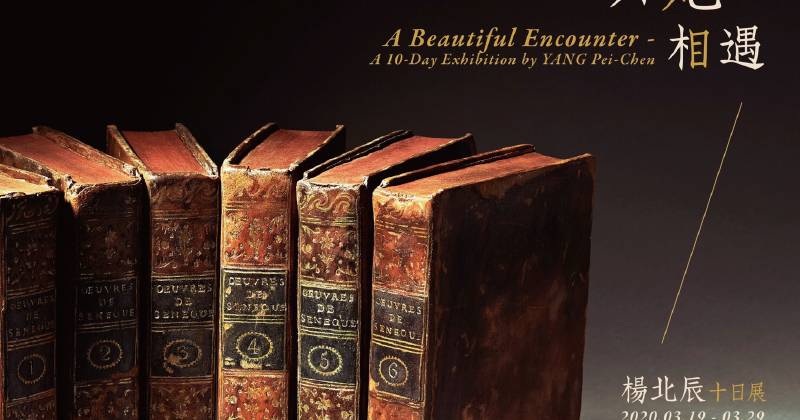
-
展期
日期:2020-03-19 ~ 2020-03-29
-
地點
台北市大直敬業一路128巷48號1樓
-
參展藝術家
-
與她相遇–楊北辰十日展
2020.03.19 ─ 03.29
藝術家自序
“每一本歷經歲月與漂泊的古籍都是自帶智慧與美麗的陌生人,我因為雕刻與她們相遇和相識…。”
2016年開始進行的《歷史系列》(The History Series)創作,醞釀的時間其實可以回溯到開始就讀薩拉曼卡大學美術創作研究所的1999年。這所於2018年舉行了建校800週年校慶的美麗大學是西班牙最古老的高等教育機構,同時也是歐洲第三古老且仍在運行的大學。可以想見,這所大學裡宛如哈利波特魔法學院真實場景中的百年歷史圖書館,當時帶給我如何強烈的時空感受。圖書館中每一本已見證數世紀光陰的古籍,都美麗得令人屏息…。
當時才開始自行摸索寫實雕刻的創作方法,初淺的創作經驗與青澀的生命閱歷使自己缺乏足夠的能力去面對如此深沈與厚重的創作題材,此外更沒有相應的經濟條件來支持自己去擁有這些珍貴的歷史物件。返回台灣以後,對於這些古籍的仰慕與渴望偶然會伴隨著些許遺憾浮現記憶,直到2015年我意外獲知購藏此類古籍的渠道以後才終於一償宿願,開始逐步購入令自己“有所感”的古籍,並著手進行了此一系列的創作。
雖然是以數世紀歷史的珍貴古籍做為寫實擬仿的對象,但我的目的是在於以「古籍」作為某種借題或符號,以刻畫表達自己對於其“歷史感”、“記憶感”、“文化感”與“知識感”等抽象的經驗和感受。我的寫實雕刻創作,從來都是借有形的、視覺性的寫實雕刻為方法;以表現無形的、感覺性的幻實感受,一如我對於《記憶系列》(The Object of Memory Series)創作的思考,其實是透過對特定物件的摹刻來側寫物件背後那些屬於我自己或他人的情感或記憶。
對我而言,這些歷經數百年時間、跨越數千里距離、輾轉來自歐陸各地的陌生古籍,都如同一個個來自遠方的神秘旅人。由於它(她)們與我之間存在著既有的語言與知識的隔閡,反而更顯得迷人、知性和美麗。或許正因為我對這些古籍的“純然無知”;我才得以更純粹地意識到它們身為“古老知識載體”本質以外的特殊美感價值。
因此,對於《歷史系列》作品的觀看,我期待能側重在如何透過對這些珍貴古籍的樣態進行擬仿(我自稱為“謄刻”,就是以雕刻刀進行“非知識性閱讀”),以體現其中所蘊藏的各種有形或無形的厚重感受。少部分觀者有可能陷入的理解誤區,是將「歷史」與「歷史感」、「知識」與「知識感」混淆,陷入對我所擬仿的古籍原件進行其文本、年代、語種、出版等屬於「古籍善本研究」課題的探究。雖然自己其實也花費了相當的時間對於所謄刻的古籍原件都做了有限程度的研究與考察,但主要是為了讓完成後的作品能夠加註合適的標題,並且期待能透過對原物件身份的理解以幫助自己創作情感的融入與投射。
觀看《記憶系列》的作品或許如同欣賞曲風多變的流行音樂,觀者很容易在樣態繁多的表現中找到共鳴,並且為這些作品能對各種不同質感擬仿(紙張、纖維、皮革…)和不同細節處理(皺摺、縫線、拉鍊…)的視覺衝擊感到驚豔或讚嘆。但轉視《歷史系列》的作品時,觀看經驗很可能會轉而彷彿初次聆聽古典音樂般,對這些看似序列工整、結構相似的旋律(作品)變化初感平淡。然而如果聽眾(觀者)能隨之調整出相對應的聆聽(審美)狀態,就可以更進一步察覺到其中更深層、更隱晦、更細緻的幽微變化。正如一位專深的古典樂迷,不但能精準地辨別出相同樂曲的不同演奏家版本,還能夠感受出其中微妙卻關鍵的詮釋差異。我個人以為,藝術家經歷自身創作研究的探索過程往往會發生四個階段的表現轉變:求、現、隱、放;而《歷史系列》的作品,正是我期待自己能邁向 “隱斂”的創作狀態。
面對此次嚴峻的疫情所帶來的慌亂、焦慮與傷痛的此刻,我們一定能深切地體悟到一個事實:生命並不會按照我們所規劃的步伐依序前進。因此那些在我們生活中意外發生的短暫美好,其實更值得我們每個人去感謝珍惜。面對《與她相遇》這個完全在計劃以外所呈現的十日小展,我自己也同樣有相似的感悟與心情。我想,參與這場簡單樸素分享的朋友,或許都不是“有閒的人”;但一定是“有心的人”。由衷感謝協助促成這個意外美好的采泥藝術以及我的團隊,和我深愛的家人。
Preface
“Each ancient book that has been through the test of time is a wise, beautiful stranger that I encounter and know through sculpture.”
The History Series was started in 2016, but the inspiration of the series could trace back to when I was studying for my MA at the University of Salamanca in 1999. In 2018, the enchanting university celebrated its 800th anniversary as Spain’s oldest institution of advanced education, as well as the third oldest university still in operation on the Continent. It is easy to imagine how I was strongly impacted when entering the centuries-old university library that looked simply like Harry Potter’s wizardry school. Each and every ancient book in the library, in its breath-taking beauty, has served as a testament to centuries of time.
Since then, I have started exploring the creative methodology of realistic sculpture, as it dawned on me that my creative experience and life experience were inadequate for me to deal with such profound and lofty subject. Furthermore, I did not have the means to collect these precious historic objects, either. After returning to Taiwan, my longing and admiration for these ancient books sometimes surfaced with a slight sense of regret. In 2015, I was unexpectedly informed of a channel to collect ancient books, and was able to finally fulfill my dream. I began building a collection of ancient books that “I felt connected with,” and launched this creative series.
Although the series features the realistic, mimetic representation of valuable ancient books, my purpose is to use “ancient books” as a certain metaphor or symbol to delineate my abstract experience and perception of “history-ness,” “memory-ness,” “culture-ness” and “knowledge-ness.” My work has always been founded on borrowing tangible, visual forms of realistic sculpture to express the intangible, perceptual aspect of human sensibility. Similar to my thinking embodied by The Object of Memory Series, I employ the mimetic portrayal of specific objects to outline my personal or others’ emotional or memory contours behind these objects.
For me, these unfamiliar ancient books, which are from European cities thousands of miles away and have endured several centuries, are like mysterious travelers from faraway places. The linguistic and knowledge barriers between us have rendered them even more attractive, intellectual and beautiful. Perhaps my “pure lack of knowledge” about them has allowed me to become more purely aware of their unique aesthetic value apart from their original function as “vehicles of ancient knowledge.”
Therefore, in terms of viewing The History Series, I hope to place the emphasis on the embodiment of the sense of profoundness, be it visible or invisible, embedded by these precious ancient books through my mimetic representation. (I have named this method “copy-carving,” which refers to a process of “non-textual reading” through carving knives.) Some of the audience might misunderstand and mistake “history-ness” for “history” or “knowledge-ness” for “knowledge,” and consequently fixate on the philological study of the text, year, language and publication of the ancient books that I have simulated. Although I have also spent an extensive amount of time studying and researching about the copy-carved ancient books to a limited degree, the purpose of doing so is to provide proper titles and enable myself to project emotions and personal understanding of the original object during the creation.
Viewing the works from The Object of Memory Series is maybe similar to listening to the versatile pop music, in which the audience easily resonates with its diversified style. The varying texture copied by these works (paper, textile, leather) as well as the rendering of different details (pleats, stitches, zippers) create a visual impact and mesmerize the spectators. However, when viewing the works from The History Series, the experience might be closer to listening to classical music for the first time. The seemingly well-organized, similarly structured melodies (works) might appear plain without many variations. However, if the audience (in both the visual and audio sense of the word) could adjust themselves to listen (view) correspondingly, they would detect nuances that are subtler, more ambiguous and refined; and like professional, experienced classical music lovers, they would be able to accurately identify the same piece of music performed by different musicians while perceiving the subtle yet crucial differences in their interpretations. Personally speaking, the creative career of an artist’s artistic exploration usually comprises four stages—seeking, showing, concealing and blossoming; and the works in The History Series collectively demonstrate the “reserved and concealing” state that I hope to achieve at this stage.
In face of the severe epidemic outbreak, along with the consequent disorder, anxiety and grief, everyone has surely realized an undeniable truth—life does not necessarily follow a pre-designed path in its course. Therefore, the transient beauty unexpectedly encountered in our daily life seems more previous and worthy of our cherishment. I have the same realization and sentiment for this unplanned ten-day exhibition, A Beautiful Encounter. Those who take part in this simple sharing are perhaps not “those who have much time,” but they are surely “attentive and enthusiastic.” I sincerely thank Chini Gallery, my team and my beloved family for making this unanticipated beautiful encounter possible.
推薦藝術家
view all推薦展覽
view all采泥藝術
【微觀知覺 ─ 蔡孟閶、梁海莎、川人 綾】Micro-Perception: TSAI Meng-Chang, LEONG Hoi Sa, Aya Kawato
日期:2024-08-10 ~ 2024-09-22|台灣,台北市
